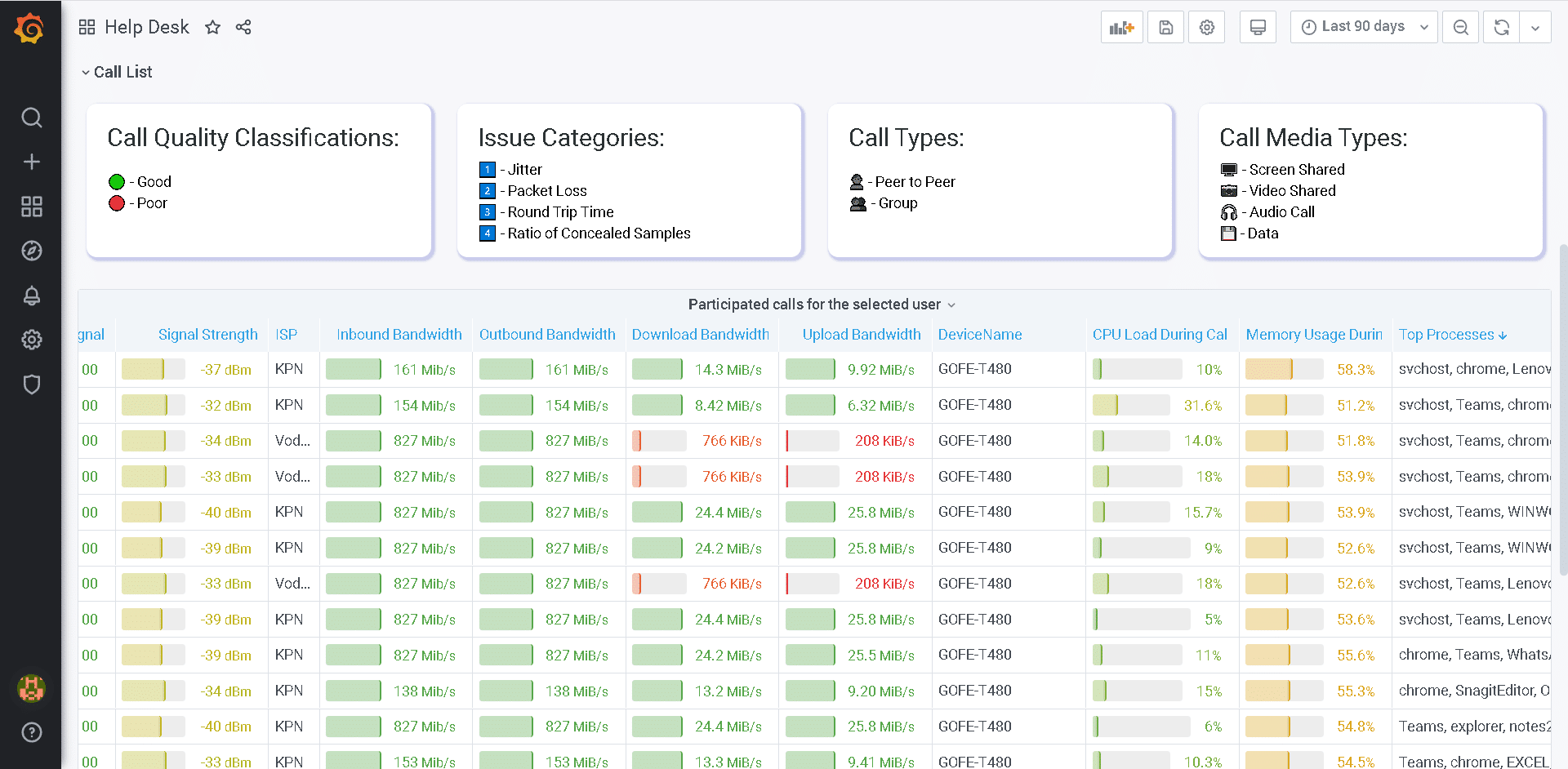Teams Usage is Growing Exponentially
The usage of Microsoft Teams has gone ballistic during the pandemic. As reported by the Business of Apps website, the daily active users for Teams expanded 894 percent during the first few months of the COVID-19 lockdown. And why not? The app has been touted as the best collaboration solution available in the marketplace. Here are the top-4 reasons why Teams rules, based on interviews with enterprise organizations around the world. Even Microsoft 365 corporate vice president, Jared Spataro, called the COVID lockdown an “inflection point” and said “we’re never going to go back to working the way we did. We’re going to look back and realize that this is when it all changed.”
HOWEVER, Microsoft Teams is now starting to encroach on sacred territory for VoIP solution providers like Cisco, Avaya, and others. Microsoft partners and EPG sales reps are positioning Teams Voice as a way to replace your existing PBX system, or cut costs from more expensive VoIP providers. The problem is that Microsoft must prove that Teams is up to the task. Issues with call quality can quickly block decisions from IT Directors and executives. And if IT admins do not have full visibility into the TRUE reasons that are causing problems then of course Microsoft is to blame, and any decision to fully deploy Teams Voice will be cut short.
Teams Call Quality Issues and why they are NOT the fault of Microsoft
The work-from-home mandate has created huge blind spots for IT support groups when it comes to call quality performance. They don’t have visibility into the end-to-end experience for employees, which makes it hard to find the smoking gun. Here are five examples of what could cause call quality issues with Teams and why Microsoft is not to blame for any of them.
1. Endpoint Computer Capabilities (i.e., Legacy Hardware Issues)
Sending and receiving calls via Teams relies on the processing power of your endpoint device. For older, slower computers this is a chokepoint because of CPU speeds and available memory. Monitoring these devices and identifying the legacy computers where the CPU or memory is maxed out during calls will help remediate the situation through upgrades.
2. Background Processes and Open Apps that Reduce Computer Performance
Another endpoint related issue revolves around available CPU and memory during calls. If background processes such as Virus Scans or VPN tunneling are consuming CPU this could be a problem. Also, if too many applications are currently open on the computer (browser tabs, Word / PPT / Excel docs, etc.) the available memory can be reduced, which could affect the call quality.
3. Home Office Networking Issues
A common problem we see for many home office users is their local network performance. It’s not just download speeds, but upload as well. Teams calls often use video which increases the need for faster upload speeds to process.
4. VPN Software Routing for Network Access
Another needle in the haystack that is difficult to find is VPN routing. If your VPN software is sending your traffic to a host server in a different geography, this could cause your Teams calls to be processed through a far-away Microsoft data center that isn’t optimal for good call quality.
5. Internet Service Provider (ISP) Performance Issues
And a common smoking gun in call quality performance is related directly to the speed of your ISP from your home office. Understanding the ISP hop count, upload / download speeds, and Round-Trip Time (RTT) for your remote users is crucial to identify if they are experiencing poor call quality.
This isn’t even an exhaustive list of the possibilities either! There is a lot that can go wrong in the end-to-end path for Teams Voice, so organizations need a way to identify the root cause of any issue so it can be addressed.
Single-Pane-of-Glass for Teams Call Quality Troubleshooting
Because of the important role Teams plays in the current success of your organization, it is time to optimize its’ performance. The good news is there is a lot you can do to optimize Teams Voice traffic – from endpoint to cloud service and everything in between. To find out what steps you can take to optimize Teams performance and call quality for your users you will need complete visibility into the end-to-end journey and spotlight the bottlenecks that are causing the issues for each user.
Our OfficeExpert EPM solution gathers all performance information from the endpoint perspective. This is especially helpful for home office users. The data is aggregated and combined with valuable statistics from Microsoft CQD to provide actionable intelligence for both IT administrators and other groups that are tasked with troubleshooting call quality. With this information at their fingertips, they have a birds-eye view to measure the quality of their calls and meetings. Plus, they have a way to monitor the usage trends for Teams within the organization and identify departments that may need more training and incentives to drive adoption.
If you are interested in finding out more about our OfficeExpert EPM solution and how it can help you troubleshoot call quality issues for your Teams deployment, please visit our overview page, or sign-up for a trial at
Do you also hate troubleshooting?
Join me and be part of our live webinar about “We Love Microsoft Teams, But We Hate Call Quality Troubleshooting”.
Find out more about OfficeExpert. It can help you finding out the truth about your Teams call quality experience, speed up troubleshooting and help remediate issues before they become escalations.
Contact us or review our on-demand webinars at https://www-test.panagenda.com/webinars/.


